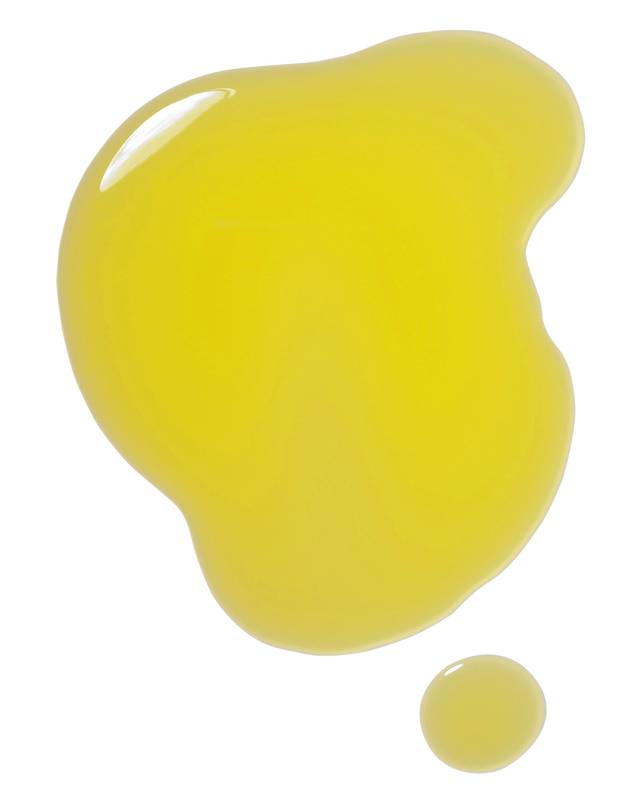
It's What's Inside That Counts!
Η Troö Food επιλέγει πάντα να μαγειρεύει με τα καλύτερα υλικά. Προμηθευόμαστε τις περισσότερες από τις πρώτες μας ύλες από μικρούς, φιλικούς στο περιβάλλον καλλιεργητές και και οικογενειακές επιχειρήσεις ανά την Ελλάδα.

Kale
The beautiful leaves of the kale plant provide an earthy flavor and more nutritional value for fewer calories than almost any other food around. Although it can be found in markets throughout the year, it is in season from the middle of winter through the beginning of spring when it has a sweeter taste and is more widely available.
Kale is a leafy green vegetable that belongs to the Brassica family, a group of vegetables including cabbage, collards, and Brussels sprouts that have gained recent widespread attention due to their health-promoting, sulfur-containing phytonutrients. It is easy to grow and can grow in colder temperatures where a light frost will produce especially sweet kale leaves. There are several varieties of kale; these include curly kale, ornamental kale, and dinosaur (or Lacinato or Tuscan) kale, all of which differ in taste, texture, and appearance. The scientific name for kale is Brassica oleracea.

Cashew nuts
The cashew tree (Anacardium occidentale) is a tropical evergreen tree that produces the cashew seed and the cashew apple.
It can grow as high as 14 metres (46 ft), but the dwarf cashew, growing up to 6 metres (20 ft), has proved more profitable, with earlier maturity and higher yields.
The cashew seed, often simply called a cashew, is widely consumed. It is eaten on its own, used in recipes, or processed into cashew cheese or cashew butter. The cashew apple is a light reddish to yellow fruit, whose pulp can be processed into a sweet, astringent fruit drink or distilled into liquor.
The shell of the cashew seed yields derivatives that can be used in many applications from lubricants to paints, and other parts of the tree have traditionally been used for snake-bites and other folk remedies.

Sunflower seeds
The sunflower seed is the fruit of the sunflower (Helianthus annuus). The term “sunflower seed” is actually a misnomer when applied to the seed in its pericarp (hull). Botanically speaking, it is a cypsela. When dehulled, the edible remainder is called the sunflower kernel or heart.
There are three types of commonly used sunflower seeds: linoleic (most common), high oleic, and NuSun. Each variety has its own unique levels of monounsaturated, saturated, and polyunsaturated fats. The information in this article refers mainly to the linoleic variety.
For commercial purposes, sunflower seeds are usually classified by the pattern on their husks. If the husk is solid black, the seeds are called black oil sunflower seeds. The crops may be referred to as oilseed sunflower crops. These seeds are usually pressed to extract their oil. Striped sunflower seeds are primarily used for food; as a result, they may be called confectionery sunflower seeds.

Nutritional Yeast
Nutritional yeast is a deactivated yeast, often a strain of Saccharomyces cerevisiae, which is sold commercially as a food product. It is sold in the form of flakes or as a yellow powder and can be found in the bulk aisle of most natural food stores. It is popular with vegans and vegetarians and may be used as an ingredient in recipes or as a condiment.
While it contains trace amounts of several Vitamins and minerals, it is only a significant source of some B-complex vitamins. Sometimes nutritional yeast is fortified with vitamin B12.
Nutritional yeast has a strong flavor that is described as nutty, cheesy, or creamy, which makes it popular as an ingredient in cheese substitutes. It is often used by vegans in place of cheese. It can be used in many recipes in place of cheese, such as in mashed and fried potatoes, and atop scrambled tofu. Another popular use is as a topping for popcorn.

Olive Oil
Olive oil is a fat obtained from the olive (the fruit of Olea europaea; family Oleaceae), a traditional tree crop of the Mediterranean Basin. The oil is produced by pressing whole olives and is commonly used in cooking, cosmetics, pharmaceuticals, and soaps, and as a fuel for traditional oil lamps. Olive oil is used throughout the world and is often associated with Mediterranean countries.

Apple Cider Vinegar
Apple cider vinegar, otherwise known as cider vinegar or ACV, is a type of vinegar made from cider or apple must and has a pale to medium amber color. Unpasteurized or organic ACV contains mother of vinegar, which has a cobweb-like appearance and can make the vinegar look slightly congealed.
ACV is used in salad dressings, marinades, vinaigrettes, food preservatives, and chutneys, among other things. It is made by crushing apples and squeezing out the liquid. Bacteria and yeast are added to the liquid to start the alcoholic fermentation process, and the sugars are turned into alcohol. In a second fermentation process, the alcohol is converted into vinegar by acetic acid-forming bacteria (acetobacter). Acetic acid and malic acid give vinegar its sour taste.

Chia Seeds
Salvia hispanica, commonly known as chia, is a species of flowering plant in the mint family, Lamiaceae, native to central and southern Mexico and Guatemala. The 16th-century Codex Mendoza provides evidence that it was cultivated by the Aztec in pre-Columbian times; economic historians have suggested it was as important as maize as a food crop. Ground or whole chia seeds are still used in Paraguay, Bolivia, Argentina, Mexico, and Guatemala for nutritious drinks and as a food source.

Mustard Seeds
Mustard seeds are the small round seeds of various mustard plants. The seeds are usually about 1 to 2 millimetres (0.039 to 0.079 in) in diameter and may be colored from yellowish white to black. They are important herbs in many regional foods and may come from one of three different plants: black mustard (Brassica nigra), brown Indian mustard (B. juncea), or white mustard.

Smoked Paprika
Paprika is a spice made from air-dried fruits of the chili pepper family of the species Capsicum annuum. Although paprika is often associated with Hungarian cuisine, the chilies from which it is made are native to the New World, introduced to the Old World from the Americas. The seasoning is also used to add color and flavor to many types of dishes.
The trade in paprika expanded from Iberia to Africa and Asia, and ultimately reached Central Europe through the Balkans, then under Ottoman rule, which explains the Hungarian origin of the modern English term. In Spanish, paprika has been known as pimentón since the 16th century, when it became a typical ingredient of the western region of Extremadura. Despite its presence in Central Europe since the beginning of Ottoman conquests, it did not become popular in Hungary until the late 19th century.

Cayenne Pepper
The cayenne pepper, also known as the Guinea spice, cow-horn pepper, red hot chili pepper, aleva, bird pepper, or, especially in its powdered form, red pepper, is a cultivar of Capsicum annuum related to bell peppers, jalapeños, paprika, and others. The Capsicum genus is in the nightshade family (Solanaceae). It is a hot chili pepper used to flavor dishes. It is named for the city of Cayenne in French Guiana.
The fruits are generally dried and ground, or pulped and baked into cakes, which are then ground and sifted to make the powdered spice of the same name.

Sea Salt
Sea salt is salt produced from the evaporation of seawater. It is used in cooking and cosmetics. It is also called bay salt or solar salt. Like mineral salt, production of sea salt has been dated to prehistoric times. Some cooks believe it tastes better than salt from mines. However, there is little or no health benefit to using sea salt over other forms of sodium chloride salts.

